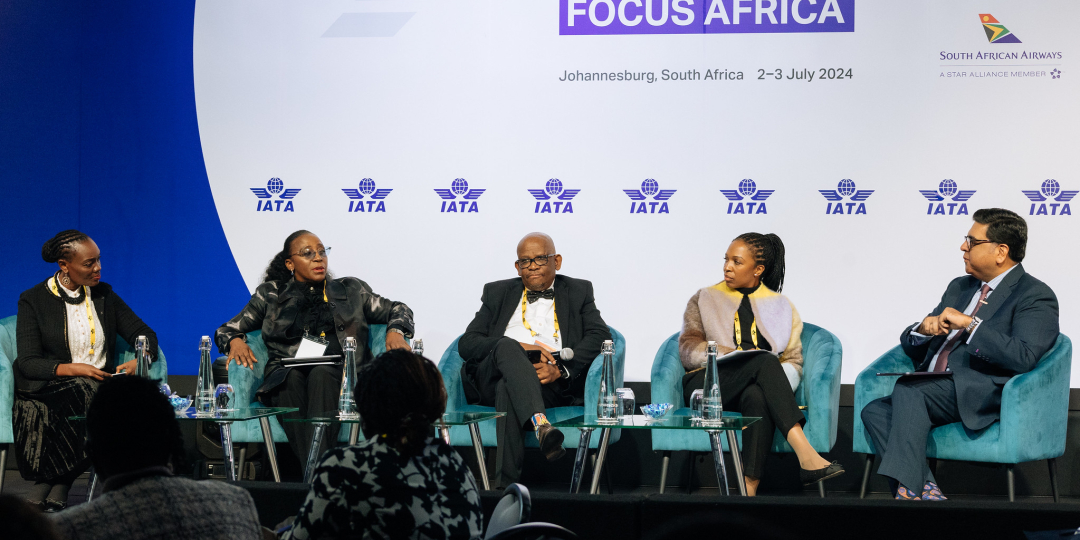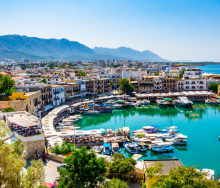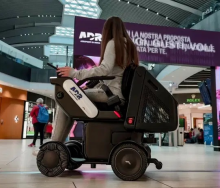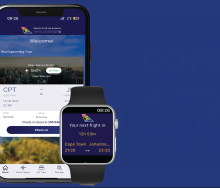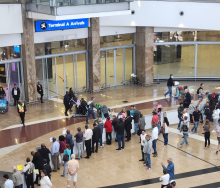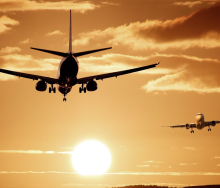Air travel throughout Africa is poised for a massive growth spurt but airport infrastructure is not ready to handle such an increase in passengers.
Speaking at a panel discussion during the IATA Wings of Change conference held in Johannesburg on July 3, Moderator and IATA Regional Director of Operations, Safety and Security, Kashif Khalid, said air traffic would double in the next 20 years and that a large portion of this growth would take place on the African continent.
When asked if Africa’s infrastructure was prepared for such an increase in capacity, Chief Commercial Officer of SAA, Tebogo Tsimane said: “The answer is no. For a large portion of African countries, most African airport infrastructure is not up to standard for growth. In fact, it is not even sufficient for today.”
CEO of Acsa, Mpumi Mpofu, agreed, adding that growth in airport infrastructure was mainly in North Africa.
Jennifer Bamuturaki, CEO of Uganda Airlines, said there was a disconnect between airlines and airports when it came to capacity upgrades. “When airports are planning, they should involve airlines and ask them where they see themselves in the next five or 10 years and what their plans are for capacity building. Airports tend to look outside to see who is coming into the continent, but they also need to involve airlines at home with plans to expand.”
Mpofu said while capacity constraints were present in many other African countries, there were also exciting developments happening over the continent, with a new airport being built in Zambia and two new airports out to tender in Nigeria.
In South Africa, Mpofu said passenger numbers were still lagging airport capacity. “The airport capacity available is more than we are likely to reach in the next few years. For example, OR Tambo has a 28 million-person capacity and we are now at around 21 million. So there is wiggle room to catch up with growth in South Africa.”
Bigger does not mean better
The panel agreed that, although South Africa had the space to handle more passengers and other African airports were undergoing expansion, if these airports did not invest in technology to handle the processing of an upcoming surge in passengers, the region would not be able to cope. “Bigger is not necessarily the answer. We need to think of how we are processing passengers and invest in digital technology,” said Khalid.
Tsimane agreed: “We need to be encouraging a free flow of passengers. I don’t see why African airports don’t monetise the problems faced by customers, such as installing fast lanes. Customers are willing to pay for that service. Technology plays a big role in making this happen.
“We are using outdated systems and a lot can be done to improve things. There are green shoots, but there are also big empty spots.”
Tsimane added that investments made in aviation infrastructure were sometimes inappropriate. “We are given infrastructure upgrades that don’t help us. Airports need to consult airlines to know what to focus on, and we need to be increasing the number of passengers that can be processed.”
Khangi Khoza, CEO of Swissport, said implementing the technology was not straightforward, particularly in South Africa. “South Africa faces the problem of an uncertain power supply, and this affects the airport’s ability to operate digital technologies.”

